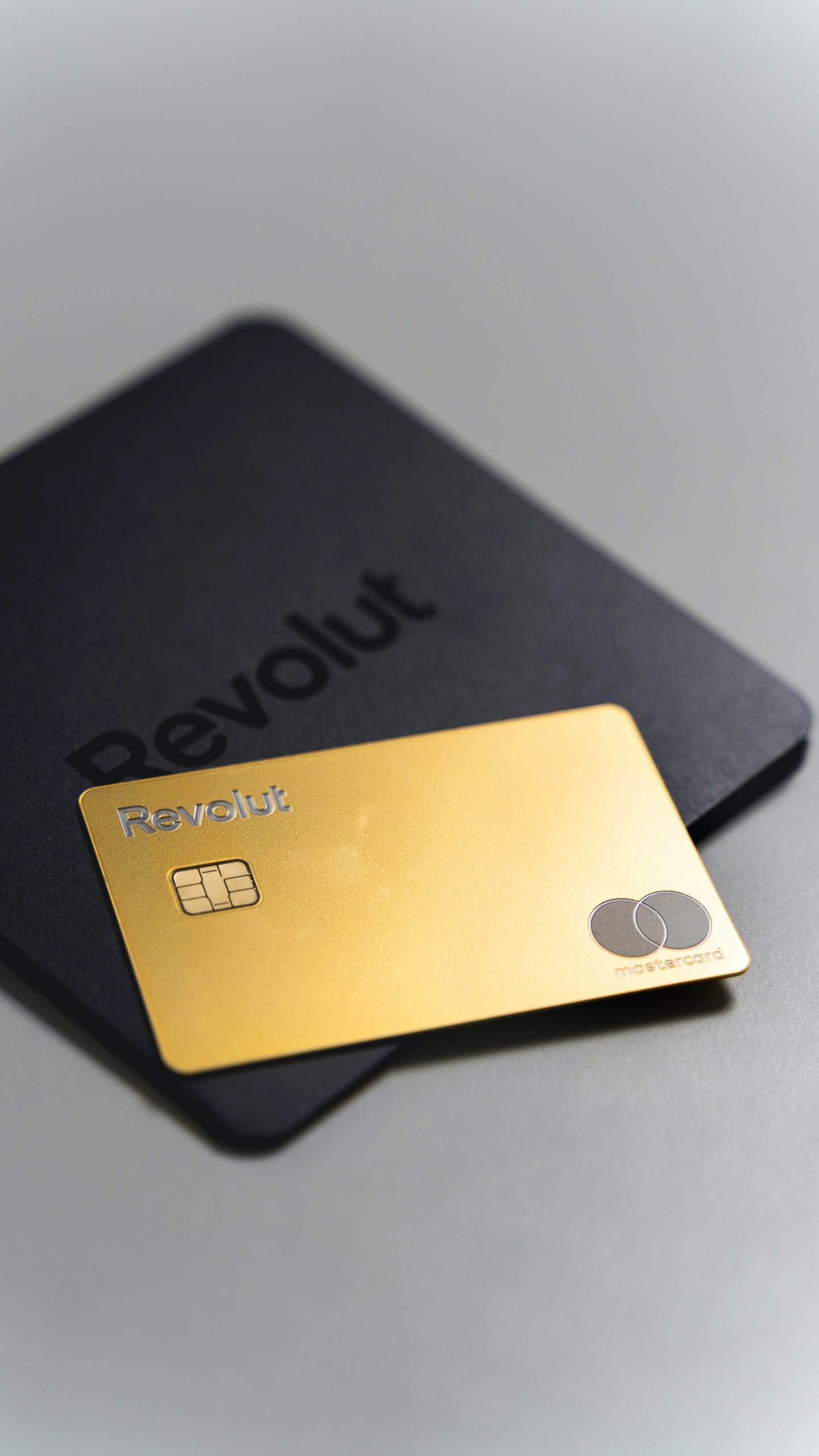Recurring expenses are bills that you have to pay on a regular basis. They include expenses like the water bill, the phone bill, and the electricity bill. They also include SaaS subscription fees. If you’re paying $50 per month to use an accounting automation app, that’s a recurring expense. Recurring expenses can add up, so many accounting automation apps help you manage them. The first step is identifying recurring expenses.
Identifying Recurring Expenses
Automated accounting software can identify recurring expenses by classifying the transactions in your bank account statements. It’s important to identify these expenses when you’re setting up a budget for your company. For example, if you made a $500 payment on your auto loan this month, and it’ll take a few more years to repay the loan, you can expect to pay another $500 next month. The auto loan payment is a recurring expense so that money won’t be available for other uses. But if your car broke down and you paid $500 to repair it, that’s a non-recurring expense.
Belvo is an example of an app that can identify recurring expenses. The personal finance app Truebill not only identifies recurring expenses, it helps its users cancel unwanted services. Bill cancellation services are just as valuable for a business as they are for individuals. Many businesses are making recurring payments for apps and services that they no longer use, and it is difficult to cancel subscriptions to many of these services.
Reducing Monthly Bills
If you don’t want to cancel a service entirely, you can often reduce its cost by downgrading to a lower service tier or making a larger upfront payment. You can reduce the amount of your recurring expenses this way. For example, a car insurance company may charge you $100 per month for insurance. But these monthly payments often include a financing charge. If you made a single payment for $1,000 to obtain insurance coverage for the entire year instead, you would save $200. Some SaaS companies offer discounts for long-term service contracts as well.
Many service providers offer multiple service tiers. For example, telecommunications companies let you select different data plans based on the amount of data you expect to use, so you can reduce your monthly phone bill by switching to a smaller data plan. By identifying recurring expenses, spend management apps make it easier to find cost-cutting opportunities like this.
Spend management apps can also identify SaaS apps that provide the same services as the apps that you’re currently using, but charge lower prices, so you can switch to the less expensive app and lower your costs. They can also identify SaaS apps that are billing you for more users than necessary. If your company is paying for 50 seats for an app and is only using 20, for example, a spend management app can tell you that you can reduce costs by only paying for 20 seats.
Financial Reporting for Indirect Costs
Recurring expenses are fixed costs, or indirect costs. Direct costs include materials and labor. For example, a motorcycle manufacturer buys parts for its motorcycles and pays line workers to assemble them. If it decides to produce more motorcycles, it must buy more parts and pay its workers to work additional hours, so these costs are directly linked to revenue. Direct costs are included in the cost of goods sold on a company’s financial statements.
Many recurring expenses are included in the sales, general, and administrative (SG&A) category of the income statement. Insurance and rent are indirect costs that aren’t directly linked to production, so they’re included in this category of operating expenses. To get more specific, many recurring expenses like these would be classified as general expenses, but on the income statement businesses often combine all three types of expenses into the same category.
Recurring expenses may also be classified as liabilities on the balance sheet. These expenses are classified as short-term liabilities or long-term liabilities depending on when you expect to make the payments. For example, if you agree to pay $500 per month for a car loan with a duration of five years, you would report short-term liabilities of $6,000 for the payments due during the first year and long-term liabilities of $24,000 for the payments due during the next four years.
Paying Recurring Expenses
Companies that charge you for a service each month often use automatic bill payment services to collect their fees. Once you accept the automatic bill payment agreement, your bank will automatically send the payment to the company each month. Some service providers, such as utilities, will often give you a discount if you sign up for their automated bill payment programs.
If a company doesn’t have automatic bill payment set up, it’s also possible to set up automated bill payments at your bank. Accounting apps and spend management apps can also automate bill payments.
One of the main benefits of setting up automated bill payments for a recurring expense is that you won’t forget to pay a bill, which often results in a late payment fee.
It’s About Making Better Decisions
Accounting automation software gives you several ways to manage recurring expenses. One of its most useful features is identifying recurring expenses so you can decide on your next course of action. Some of these expenses should be canceled and others can be reduced. But if you decide to keep paying a recurring expense, it’s important to report it accurately on your financial statements and it can be convenient to automate the payment process. Either way, these apps help you make better decisions about recurring expenses.
